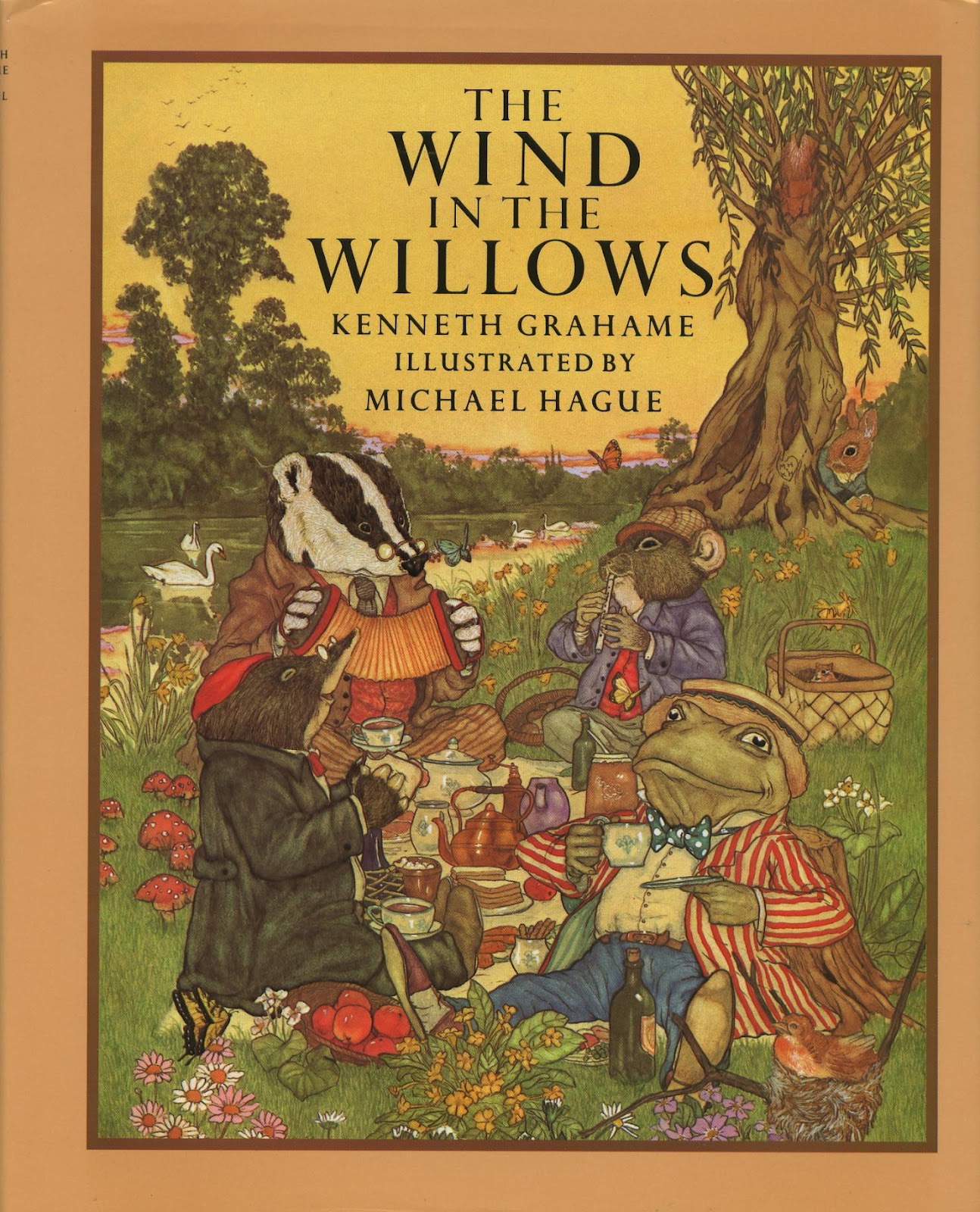This introduction is from a 2007 exhibit by the Bodleian Libraries at Oxford University. You can still view the exhibit here: https://visit.bodleian.ox.ac.uk/event/the-original-wind-in-the-willows.
---
Kenneth Grahame’s Letters to 'Mouse': the first stirrings of The Wind in the Willows
In the Spring of 1907, Kenneth Grahame and his wife travelled to Cornwall for a long holiday. Their seven year old son Alastair, or ‘Mouse’, agreed to remain with his nanny, Miss Stott – but only if his father continued to tell him bedtime stories by post.
His father agreed and over the next few months sent Alastair fifteen letters recounting the reckless adventures of Mr Toad and the attempts of his long-suffering friends, Mole, Rat and Badger, to rescue him from his various scrapes and teach him how to behave properly. The descriptions of the river and surrounding landscape draw upon Grahame’s own fond childhood memories of the countryside around the Thames.
The early letters to Alastair begin and end affectionately, combining real news with the story of Mr Toad. However, following Alastair’s demand to be called ‘Michael Robinson’ instead of his real name (which he decided he did not like), the letters abandon their chatty tone and simply tell the story, ending in each case, ‘to be continued’.
The letters were carefully preserved by Miss Stott and given to Elspeth, who persuaded her husband that they would make a wonderful book. Grahame followed her advice, developing his narrative and publishing it in 1908 as The Wind in the Willows.
It tells the amusing, lively and morally instructive tale of a group of animals pursuing various adventures along the river, in the threatening Wild Wood and on the road.
Perhaps the most memorable character is Toad of Toad Hall, an excitable, impetuous, swaggering figure, whose almost hypnotic obsession with the speed and noise of the newly invented motorcar leads him badly astray.
The Wind in the Willows is a wonderfully entertaining and educating read for children. Yet its impressionistic rendering of the English landscape, subtle questioning of modernity and mythic exploration of grace lend it a sophistication that speaks to adults too.
